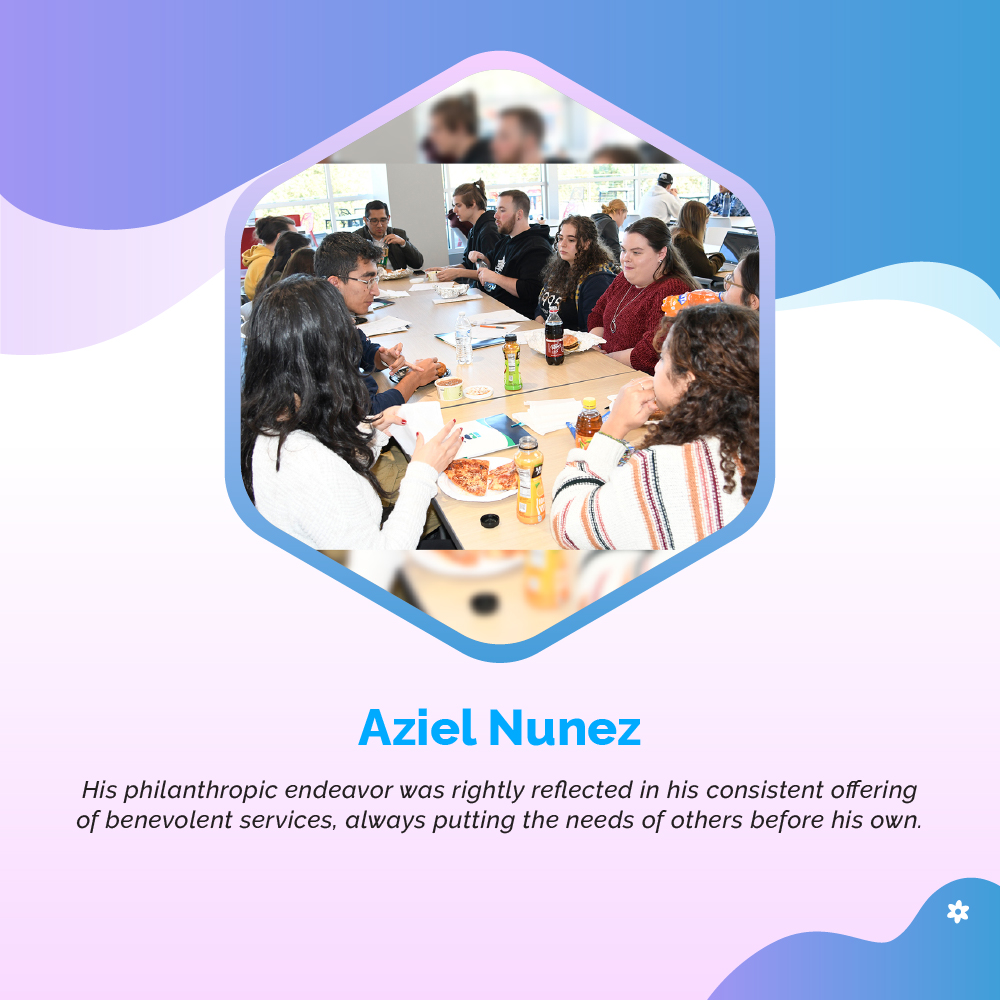
In today’s fast-paced academic environment, stress and anxiety have become prevalent challenges for students. Balancing coursework, extracurricular activities, and personal responsibilities can create overwhelming pressure, impacting mental well-being. Understanding the nature of stress and adopting effective strategies is essential for thriving academically and emotionally.
Understanding Stress and Anxiety in Students
Stress is the body’s natural response to challenges or perceived threats. While a manageable level of stress can motivate students to excel, chronic stress can lead to exhaustion, anxiety, and even depression. Anxiety, a heightened sense of worry or fear, often accompanies academic stress, making it harder for students to concentrate and perform well.
Factors contributing to student stress and anxiety include:
Academic pressure to achieve high grades.
Financial burdens related to tuition and living expenses.
Social dynamics, such as maintaining friendships and dealing with peer pressure.
Uncertainty about future career paths.
Acknowledging these stressors is the first step toward managing them effectively.
The Importance of Mental Health Awareness
Mental health is as crucial as physical health. Students who prioritize their mental well-being are better equipped to handle challenges, build resilience, and maintain a positive outlook. Ignoring mental health concerns can lead to long-term consequences, including burnout and a diminished quality of life.
Promoting mental health awareness on campuses encourages students to seek help and adopt proactive measures. Universities can play a pivotal role by providing accessible mental health resources, fostering supportive communities, and reducing stigma around seeking professional help.
Effective Strategies for Managing Stress and Anxiety
Effective time management is a cornerstone of reducing academic stress. By organizing their schedules, students can allocate time for studying, relaxation, and social activities. Strategies for better time management include:
Using planners or digital tools to track deadlines and commitments.
Breaking large tasks into smaller, manageable steps.
Setting realistic goals and prioritizing tasks based on importance.
When students have a clear plan, they feel more in control, reducing the likelihood of last-minute cramming or missed deadlines.
Practicing mindfulness helps students stay present and focused, reducing feelings of overwhelm. Techniques like meditation, deep breathing, and yoga are effective in managing anxiety. Apps such as Headspace or Calm offer guided sessions tailored to beginners.
Incorporating short mindfulness exercises into daily routines, such as mindful eating or deep breathing before exams, can significantly enhance mental clarity and emotional stability.
Regular exercise is a proven stress-reliever. Physical activities, whether it’s a gym workout, a dance class, or a simple walk, release endorphins chemicals that improve mood and reduce stress.
Students should aim for at least 30 minutes of moderate exercise most days of the week. Participating in team sports or group fitness classes also fosters social connections, which are vital for mental health.
A balanced diet, adequate sleep, and hydration are fundamental to maintaining energy levels and emotional balance. Nutrient-rich foods like fruits, vegetables, and whole grains support brain function, while limiting caffeine and sugar intake can prevent energy crashes and jitters.
Sleep, often sacrificed during exam seasons, is essential for cognitive functioning and stress management. Establishing a consistent sleep schedule and creating a bedtime routine can improve sleep quality.
Seeking Support
Having a reliable support network is crucial. Friends, family, and mentors can provide emotional support and practical advice during challenging times. Open communication about struggles can alleviate feelings of isolation and foster understanding.
Encouraging peer support groups on campuses allows students to share experiences and coping strategies in a judgment-free environment.
Sometimes, managing stress and anxiety requires professional intervention. Counseling services, therapy, or mental health hotlines offer valuable resources. Cognitive Behavioral Therapy (CBT) is particularly effective in addressing anxiety by helping individuals reframe negative thought patterns.
Students should not hesitate to seek help if stress becomes unmanageable. Universities can enhance accessibility by offering free or subsidized counseling services.
Building Resilience
Resilience is the ability to adapt and bounce back from adversity. While stressors are inevitable, cultivating resilience helps students face challenges with confidence. Strategies for building resilience include:
Developing a growth mindset, viewing setbacks as opportunities to learn.
Practicing gratitude by focusing on positive aspects of life.
Setting boundaries to avoid overcommitment.
Resilient students are better prepared to handle academic pressures and maintain a healthy work-life balance.
Fostering a Supportive Academic Environment
Educators and institutions play a vital role in alleviating student stress. By fostering a culture of empathy and understanding, they can create a more supportive academic environment.
Some initiatives include:
Providing flexibility in deadlines during unforeseen circumstances.
Encouraging collaborative learning rather than competitive environments.
Offering workshops on stress management and effective study techniques.
When students feel supported, they are more likely to thrive academically and emotionally.
The Role of Self-Compassion
Students often set high standards for themselves, leading to self-criticism when they fall short. Practicing self-compassion involves treating oneself with kindness and understanding during tough times.
Instead of dwelling on mistakes, students can focus on progress and celebrate small achievements. This shift in perspective reduces unnecessary pressure and fosters a healthier self-image.
Navigating stress and anxiety is an ongoing process that requires self-awareness, effective strategies, and a supportive environment. By prioritizing mental health and adopting proactive measures, students can achieve not only academic success but also a fulfilling and balanced life.
As educational institutions, families, and communities collaborate to address the mental health challenges faced by students, the path to well-being becomes clearer. With the right tools and support, students can confidently navigate the complexities of academic life while maintaining their mental health.